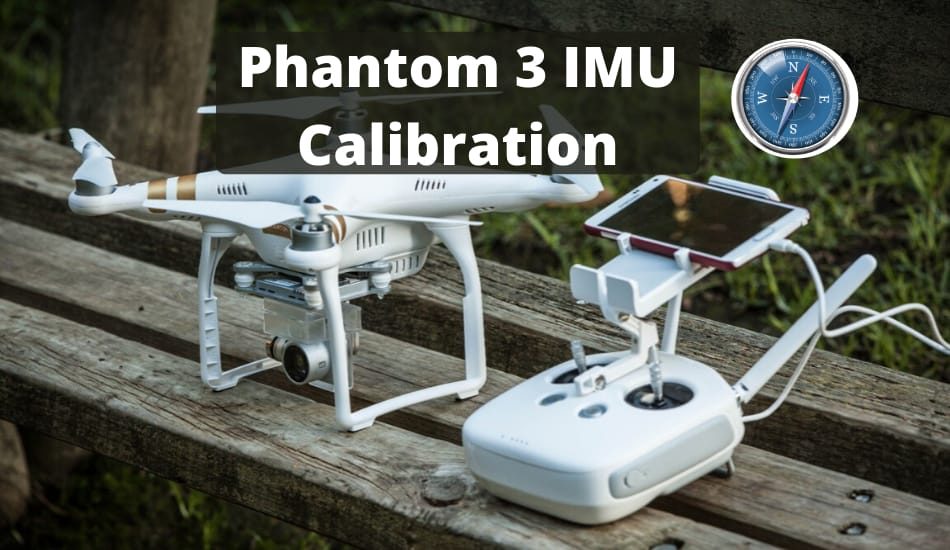

Note:Higher in-strip and cross-strip aerial image overlap is recommended for better block adjustment and product generation results. P1,P2-Refines the tangential distortion coefficients.K1,K2,K3-Refines the radial distortion coefficients.Principal Point-Refines the principal point of the autocollimation.

Focal Length-Refines the focal length of the camera lens.For more information on calibration parameters, see Camera table schema. If the camera has not been calibrated, such as many cameras for collecting drone imagery, it is recommended that you check on all the following options to improve the overall quality and accuracy of bundle block adjustment. Perform Camera CalibrationĪutomatic calibration is used to compute and improve the camera’s geometric parameters, including interior orientation and lens distortion, while determining image orientation and image ground coordinates.

If this option is not checked, tie points are computed at source image resolution, and triangulation is performed using the computed tie points. For example, when you collect data in the field, you can use this option for an initial assessment of the adjustment, then run Adjust again to compute the refined adjustment. This coarse adjustment is done quickly and allows you to review the data coverage for your project area and the processing parameters for the collection before running the more accurate, refined adjustment at the source image resolution. If this option is checked, adjustment will be performed at a coarse, user-defined resolution. The block adjustment settings specific for drone imagery are described below. The appropriate adjustment options are presented depending on the type of workspace defined when you set up your ortho mapping project.įor example, triangulation is performed using EXIF data collected with drone imagery. The parameters used in computing the block adjustment are defined in the Adjust window.


 0 kommentar(er)
0 kommentar(er)
